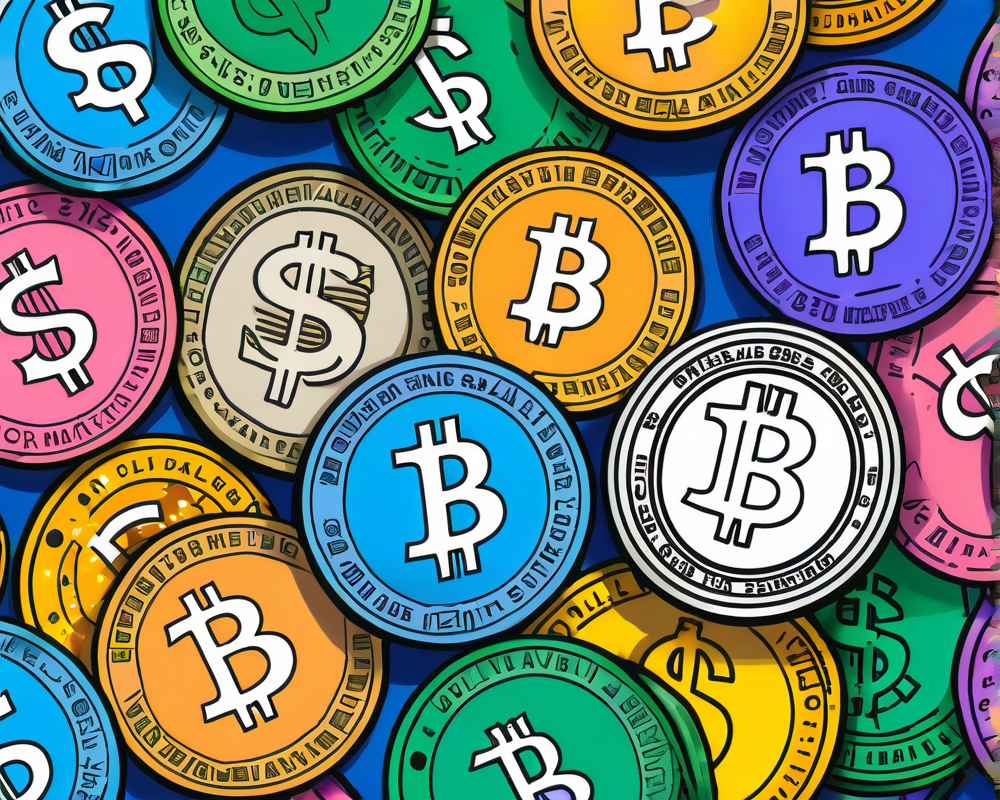Stablecoins have emerged as potential champions against the overwhelming reign of the U.S. dollar (USD) in the realm of global foreign currency reserves. This thought-provoking outlook, proposed by John Liu of the Fusion Foundation and Peter Lyons of Lapa Capital, was recently showcased in an opinion piece on the World Economic Forum’s Agenda.
The Case Against Dollar Domination
As of the first quarter of 2019, a staggering 62% of all foreign reserves held by central banks were in USD, according to IMF data. This overwhelming dominance raises some eyebrows. Liu and Lyons lament that such dollar hegemony can precipitate systemic risks, much like what was seen during the 2008 financial crisis. Back then, investors scrambled toward dollar-denominated assets, causing a liquidity crunch that threw the global economy into chaos.
The Economic Imbalances of USD Reserves
- Low U.S. Interest Rates: With many dollars locked in U.S. government bonds, we’re left with persistently low interest rates.
- Surging National Debt: Current debt levels mirror those of war-time America—a concerning trend for the U.S. economy.
- Trade Deficits: A global scarcity of USD puts U.S. exporters at a disadvantage, leading to wider trade deficits.
This unbalanced system places unnecessary pressure on economic growth and creates challenges for U.S. businesses trying to compete globally.
Moving Towards a Digital Future
Mark Carney, the governor of the Bank of England, suggests that a diversified digital currency—one with input from the euro, British pound, and yen—could alleviate the world’s reliance on the dollar. Imagine a currency that doesn’t just belong to a single country but represents a balanced portfolio of global interests!
Interoperability: The Key to Balanced Liquidity
A significant part of Liu and Lyons’ vision hinges on enhancing blockchain interoperability. Without this, a singular stablecoin, whether distributed by the private sector or central banks, might replicate the faults of fiat dollar dominance. Instead, multiple stablecoins could cultivate a rich ecosystem of liquidity, fostering balanced trade by allowing diverse forms of value to circulate globally.
Financial Inclusion for Developing Economies
Moreover, stablecoins could play a vital role in expanding financial inclusion, especially in developing nations. They could lower barriers to entry and make financial services accessible to many who feel hindered by traditional banking systems.
Challenges Ahead: The European Perspective
In a recent warning, Benoit Coeure, a board member of the European Central Bank, cautioned that global stablecoins could unintentionally destabilize European payment systems. As the ECB considers the implementation of central bank digital currencies, they must remain vigilant in understanding the broader implications for financial intermediation.
The journey toward a more sustainable economic landscape starts with taking a hard look at the role of stablecoins in diversifying global finance.




